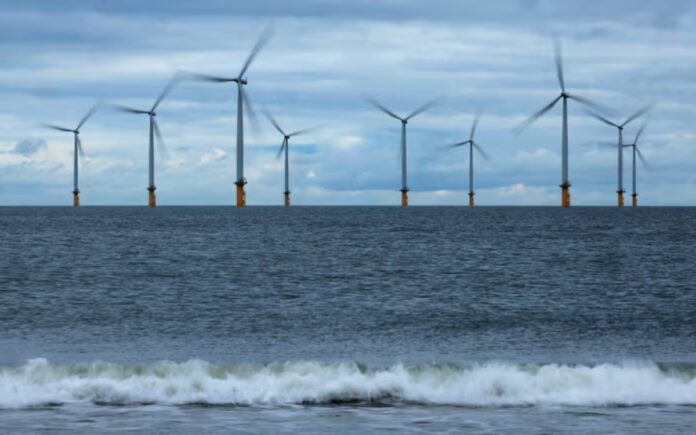London: The British North Sea, a storied offshore oil and gas basin, has seen its production decline steadily since the early 2000s. Simultaneously, the region has emerged as a global leader in offshore wind energy, underscoring a dramatic shift toward renewable energy.
On Friday, U.S. President-elect Donald Trump posted on his social media platform, Truth Social, calling to “open up” the British North Sea and eliminate what he referred to as “windmills”.
Here are key facts about the North Sea’s transformation:
Oil and Gas Production
Exploration for oil and gas in the North Sea began in the 1960s, with commercial production starting in 1975. Peak output of 4.4 million barrels of oil equivalent per day (boed) was achieved around 2000. Since then, production has declined, reaching approximately 1 million boed in 2024, according to the North Sea Transition Authority (NSTA).
The NSTA projects output will fall further to about 660,000 boed by 2029 as reservoirs deplete.
Taxation
In October 2024, the UK government raised the windfall tax on North Sea oil and gas producers to 38% from 35%, resulting in a total tax rate of 78%—one of the highest globally. This Energy Profits Levy (EPL) has been extended until March 2030.
Introduced in May 2022 during a surge in energy prices triggered by Russia’s invasion of Ukraine, the windfall tax was initially set at 25% but was increased to 35% later that year. Revenue generated is intended to fund renewable energy initiatives.
Investments
Oil and gas majors like Shell, ExxonMobil, and Chevron have gradually scaled back operations in the North Sea, redirecting resources to newer oil and gas basins.
The introduction of the EPL has spurred producers to sell assets, merge operations, and explore diversification into other regions. Capital spending on oil and gas production in the North Sea is projected to drop from £11.7 billion ($14.5 billion) in 2020 to £8.5 billion ($10.55 billion) by 2029, according to the NSTA.
Offshore Wind
The UK is home to nearly 15 gigawatts (GW) of offshore wind capacity and aims to quadruple that to 60 GW by 2030.
Also Read | Trump’s Republicans Rally Behind Mike Johnson for Another Term as Speaker
The North Sea hosts the Dogger Bank wind farm, poised to be the world’s largest offshore wind project. Developed by SSE, Norway’s Equinor, and Vargronn, Dogger Bank will generate 3.6 GW of electricity upon completion, enough to power six million homes. A potential fourth phase could add an additional 2 GW.
Also Read | FBI: Cybertruck Explosion Suspect Suffered PTSD, No Link to Trump
This shift in energy priorities highlights the evolving dynamics of the North Sea as it transitions from an oil and gas powerhouse to a renewable energy hub.



